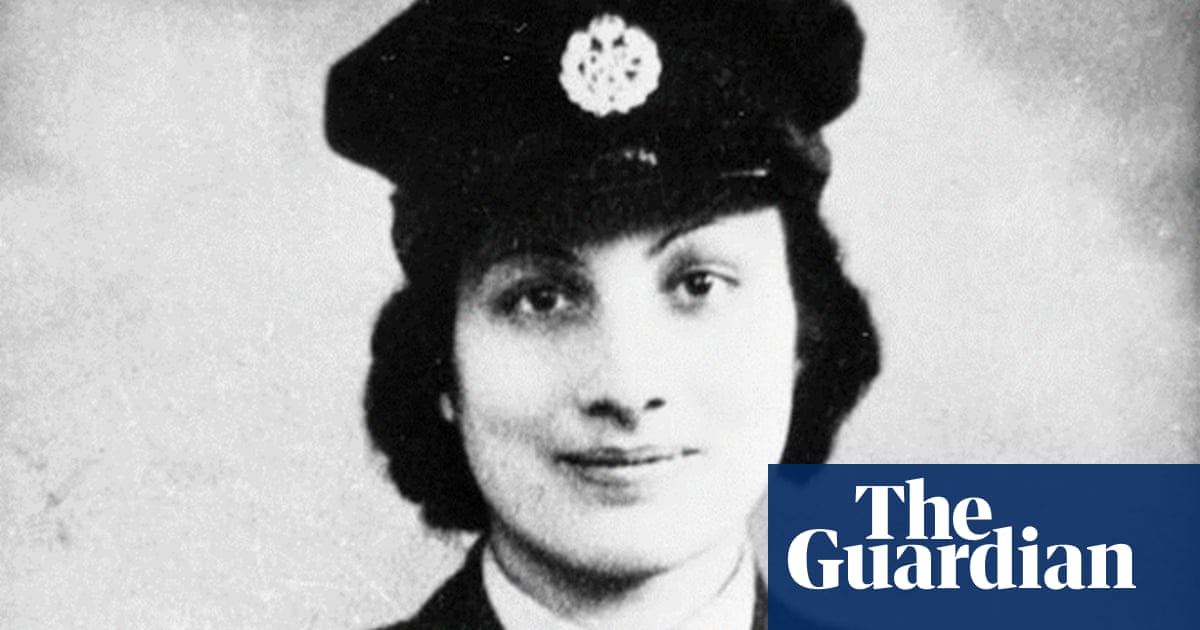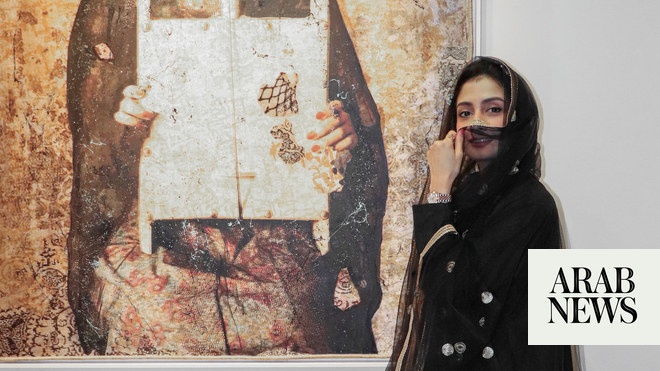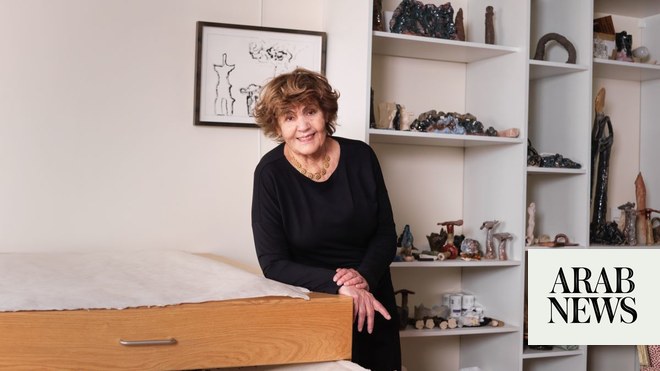
Brought up as a Sufi, a follower of a mystical form of Islam that has non-violence at its centre, Noor Inayat Khan did not hesitate when she signed up to fight the Nazis as a British agent in the second world war.
She was the first female radio operator the Special Operations Executive (SOE) sent into Nazi-occupied France, with the code name Madeleine. Within months she had been betrayed, arrested, imprisoned, tortured and shot dead.
Khan’s story is part of a blockbuster exhibition at the Imperial War Museum (IWM) in London that explores the art of espionage over the past century, from the first world war to the 2018 Salisbury poisonings. Spies, Lies and Deception opens on Saturday.
The exhibition covered “the most successful, surprising and sometimes shocking stories of spying and deception. Plus the methods, the purpose and the human cost of espionage, deceit, and misdirection,” said its co-curator, Michelle Kirby.
“We have more than 25 intriguing stories to relay and more than 150 objects to show, including gadgets, official documents, film and photography, along with newly commissioned and archive interviews. It’s a shadowy, secretive and endlessly fascinating world.”
Common perceptions of espionage were derived mostly from books, films and television, said Kirby. But, “at the beating heart” were legions of people, often women, carrying out crucial roles behind the scenes such as surveillance or investigative work.
Kirby highlighted a team that created fake soldiers’ heads out of papier-mache to be held aloft from the trenches during the first world war. “The idea was that an enemy sniper would fire at the head. A periscope was used to work out where the sniper was in order to shoot him.
“The heads were remarkable creations. One of the dummies could be made to smoke a cigarette by its operator. It shows that deception is not just high-octane action but involves creativity and ingenuity.”
Another team of women created disguises and props for agents at the Thatched Barn hotel near Barnet, which was taken over by the SOE in 1942. “They were given the best resources, the most beautiful cloth. Every detail had to be right, down to the clothes labels. It was critical work,” said Kirby.
During the second world war, women also played a crucial role in analysing letters for secret codes and invisible ink in the UK government’s postal censorship department, and listening in on high-ranking German prisoners through tiny microphones hidden in the country houses where they were held.
Among the gadgets on show at the IWM are a lipstick and a woman’s purse, both containing a tiny camera, and a tin of talcum powder with a secret compartment that had belonged to Helen Kroger, an undercover KGB agent masquerading as a housewife in postwar suburbia.
The Ruislip bungalow occupied by Kroger, whose real name was Lona Cohen, and her husband, Peter, was a communications hub for the Portland spy ring. The couple transmitted information stolen from the Underwater Weapons Establishment at Portland in Dorset to Russia.
The Krogers were uncovered as KGB agents by Special Branch in 1961, jailed and later returned to Russia in a spy swap.
Khan’s story is told through a number of exhibits and a film featuring Shrabani Basu, the author of Spy Princess, a biography of the agent. Khan moved from France, where she was brought up, to England in 1940, joined the Women’s Army Auxiliary Corps, was recruited by the SOE and trained as radio operator.
“She became the first woman radio operator to be infiltrated into occupied France, in June 1943,” said Basu. “It was highly stressful: her radio was hidden in a suitcase, she had to set it up, transmit very fast and accurately, and then get out as quickly as possible.
“The Germans had very sophisticated listening devices. They were hunting for her. They could hear her but they couldn’t catch her.”
When Khan was arrested after the betrayal, she was kept in isolation, shackled and tortured for 10 months. “She revealed nothing, not even her real name.”
After she was shot dead, Khan was awarded the George Cross, but her story was largely forgotten until her files were declassified in 2003. “The stories of so many other agents have been lost. I’m delighted that Noor’s story has a whole section in the exhibition,” said Basu.












